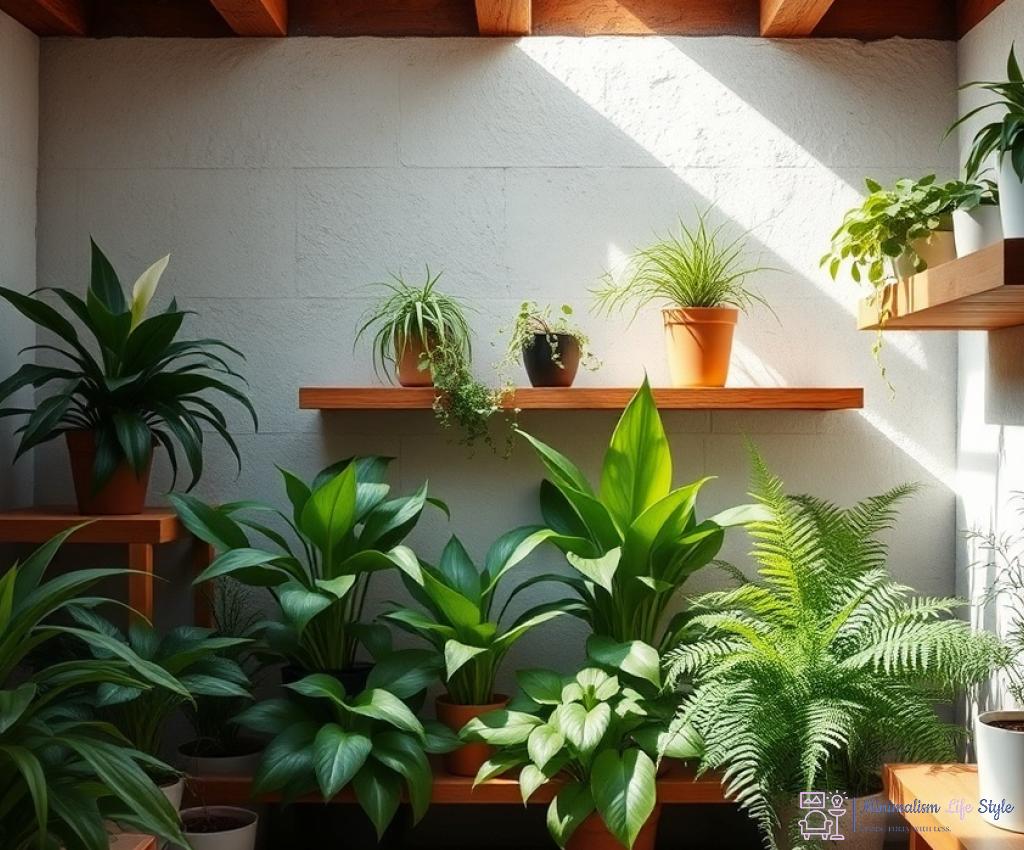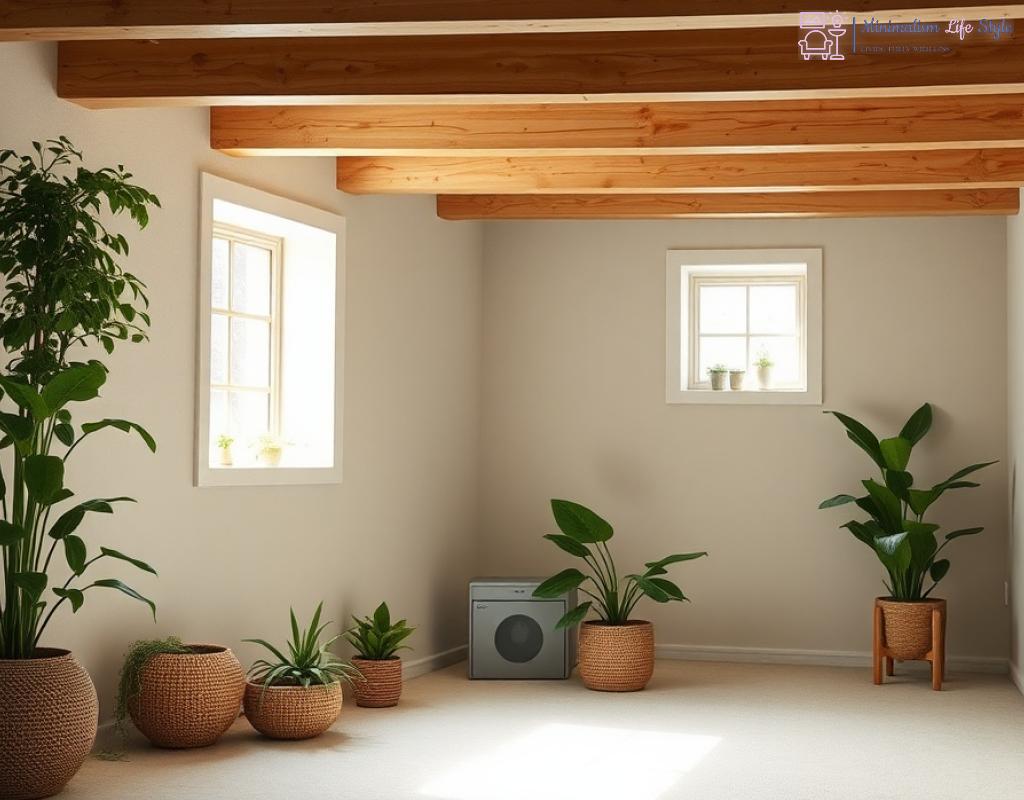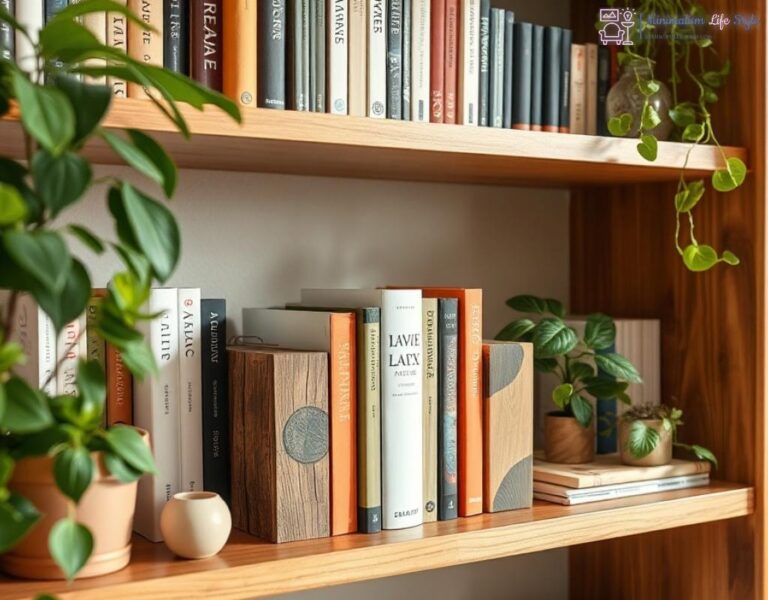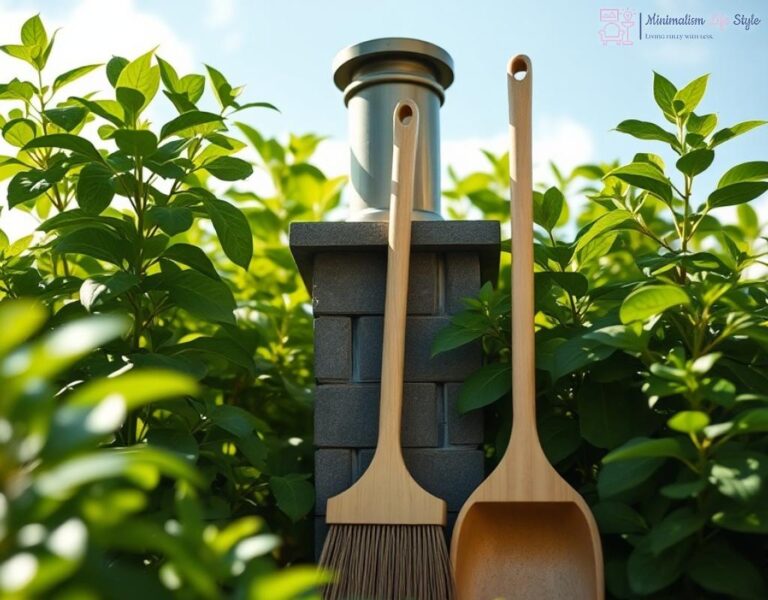Harnessing Nature: Essential Plants for Mold Prevention

In the quest for a mold-free basement, nature has equipped us with an arsenal of green allies. These plants not only beautify your living space but also play a crucial role in maintaining air quality and preventing excess moisture—an essential step in mold prevention. By integrating these natural wonders into your basement, you can enhance the environment while staying eco-conscious.
Nature’s Mold Fighters: Top Plants to Consider
Each plant offers unique benefits that contribute to a healthier basement atmosphere. From their air-purifying qualities to their moisture-absorbing capabilities, these botanical defenders can significantly reduce the chances of mold growth. Below is a list of some of the most effective plants that can help safeguard your basement:
- Spider Plant: Known for its ability to absorb excess moisture and pollutants, this hardy plant thrives in indirect light.
- Pothos: This resilient vine not only purifies the air but also thrives in low-light conditions, making it perfect for darker basements.
- Peace Lily: With its beautiful white flowers, the peace lily excels in removing toxins from the air while also adding humidity to the surroundings.
- Boston Fern: This lush fern is a natural humidifier, absorbing moisture from the air and preventing dry conditions where mold can thrive.
- Snake Plant: A low-maintenance option that releases oxygen at night, helping to regulate air quality even in darker spaces.
Creating the Ideal Environment for Your Green Allies
To ensure that these plants flourish and effectively combat mold, it’s vital to create the right conditions. Proper care and placement can enhance their moisture-absorbing capabilities and air-purifying functions. Here are some practical tips to optimize your basement environment:
- Choose the Right Spot: Place plants in areas where they can receive indirect sunlight, avoiding dark corners that may hinder growth.
- Water Wisely: Overwatering can lead to mold growth. Ensure the pots have drainage holes and allow the soil to dry out between waterings.
- Regular Maintenance: Dust leaves regularly to maximize their air-purifying ability and check for pests that could compromise plant health.
Combining Plants with Other Natural Solutions
While plants are a fantastic tool in your mold prevention arsenal, consider pairing them with additional natural solutions for optimal results. Essential oils, such as tea tree oil and lavender, can also deter mold growth. Additionally, using natural dehumidifiers like baking soda or activated charcoal can further enhance the effectiveness of your green guardians.
By adopting an eco-conscious minimalist approach to your basement care and harnessing the power of nature, you can create a thriving, mold-free environment. These plants not only contribute to your home’s health but also reflect a commitment to sustainable living.
The Power of Airflow: Tips for a Breezy Basement
When it comes to maintaining a healthy basement, airflow is your unsung hero. Proper ventilation not only reduces humidity but also enhances the overall air quality, creating a less hospitable environment for mold. By adopting a few strategic practices, you can ensure that fresh air circulates freely throughout your basement, thus minimizing the risk of mold growth and promoting a cleaner atmosphere.
Strategies to Boost Air Circulation
It’s essential to recognize that stagnant air can lead to damp conditions, which are a breeding ground for mold. To combat this, consider implementing these airflow-enhancing strategies that align perfectly with your eco-conscious approach:
- Open Windows and Doors: Whenever possible, open windows and doors to allow fresh air to flow through your basement. This simple act can significantly decrease humidity levels.
- Use Fans Wisely: Incorporate energy-efficient fans to promote circulation. Position them strategically to direct air towards damp areas.
- Install Air Vents: If feasible, consider installing air vents that connect your basement to the upper levels of your home, facilitating a natural airflow system.
- Regularly Check HVAC Systems: A well-maintained HVAC system plays a crucial role in regulating basement airflow. Ensure filters are cleaned or replaced regularly to maximize efficiency.
Creating a Natural Airflow System
To further enhance airflow, think about how you can create a natural ventilation system that works in harmony with your basement’s architecture. Consider these innovative solutions:
- Cross-Ventilation: Position windows or vents on opposite walls to encourage cross-ventilation, allowing air to flow through the space effectively.
- Use Grilles and Louvers: Incorporate grilles or louvers that can be opened during dry weather to let fresh air enter while keeping moisture at bay.
- Landscape Wisely: If your basement is below ground level, ensure that the landscape surrounding your home slopes away from the foundation to prevent excess moisture accumulation.
By embracing these practical tips, you can harness the natural power of airflow to create a basement environment that is not only mold-free but also promotes overall well-being. In conjunction with your plants and eco-friendly practices, effective airflow will contribute significantly to your minimalist and sustainable basement care routine.
Natural Solutions: DIY Mold-Resistant Cleaners
Harnessing the Power of Nature in Your Cleaning Routine
In the fight against mold, the solutions we use matter just as much as the methods we employ. Many commercial cleaners contain harsh chemicals that can contribute to indoor air pollution and compromise your eco-friendly goals. Instead, consider creating your own mold-resistant cleaners using simple, natural ingredients found in your kitchen. These DIY solutions are not only effective but also safe for the environment and your family’s health.
Effective Ingredients for a Mold-Free Space
Utilizing common household items, you can whip up powerful cleaners that deter mold and maintain a fresh atmosphere in your basement. Here is a list of natural ingredients that serve as excellent mold fighters:
- White Vinegar: A natural antifungal, vinegar can kill a variety of mold species. It’s also safe to use on most surfaces.
- Baking Soda: This versatile powder not only absorbs odors but also acts as a mild abrasive to scrub away mold.
- Tea Tree Oil: Renowned for its antifungal properties, a few drops mixed with water can create a potent mold-fighting spray.
- Lemon Juice: The acidity in lemon juice helps to brighten surfaces and inhibit mold growth while leaving a fresh scent.
Crafting Your Own Mold-Resistant Cleaners
With the above ingredients, you can easily create your own mold-resistant cleaners tailored to your specific needs. Here are some simple recipes to get you started:
- Vinegar Spray: Mix equal parts of white vinegar and water in a spray bottle. Apply directly to moldy surfaces and let it sit for an hour before wiping clean.
- Baking Soda Paste: Combine 1/2 cup of baking soda with a few tablespoons of water to create a paste. Apply to affected areas, scrub gently, and rinse.
- Tea Tree Oil Cleaner: Add 1 teaspoon of tea tree oil to 1 cup of water in a spray bottle. Shake well and spray onto mold-prone areas without rinsing.
By integrating these natural solutions into your basement care routine, you not only combat mold effectively but also embrace a more sustainable lifestyle. The combination of DIY cleaners, eco-friendly plants, and improved airflow creates a holistic approach to maintaining a healthy living environment.
Smart Storage: Organizing Your Basement to Deter Mold
In the realm of eco-conscious basement care, effective organization plays a pivotal role in mold prevention. Maintaining a clean and clutter-free space not only enhances your basement’s functionality but also significantly reduces the risk of moisture accumulation, which is a primary factor for mold growth. By implementing smart storage solutions, you can create a breathable environment that complements your plants and airflow strategies while fostering a holistic approach to mold prevention.
Creating a Breathable Environment with Smart Storage Solutions
When it comes to storing items in your basement, the key lies in ensuring that air can circulate freely around your belongings. This aspect is vital for combating humidity and creating a less inviting atmosphere for mold. Start by using open shelving units instead of closed cabinets, as they promote airflow and visibility, allowing you to keep an eye on potential moisture problems. Additionally, consider using clear storage bins to easily identify contents and avoid rummaging through items, which can disturb dust and moisture.
Material Matters: Choosing Eco-Friendly Storage Options
As you organize your basement, pay attention to the materials you select for storage. Opt for natural materials such as wood or wicker over plastic, as they are more breathable and do not trap moisture as readily. Furthermore, ensure that any materials you choose are treated with non-toxic finishes to maintain a healthy indoor environment. Using moisture-resistant materials, like coated wood or breathable fabrics, can also help in safeguarding your stored items against mold.
Mindful Placement: Positioning for Optimal Airflow
Strategically placing your storage solutions is just as crucial as the materials you choose. Ensure that there is adequate space between shelves and walls to allow air to flow freely. Avoid placing items directly on the floor, as this can trap moisture; instead, use pallets or raised shelving to keep belongings elevated. As a bonus, incorporating dehumidifying agents such as activated charcoal or natural clay in your storage areas can further absorb excess moisture, creating a less hospitable environment for mold.
By adopting these smart storage practices, you not only enhance the aesthetic and functionality of your basement but also reinforce your commitment to an eco-conscious lifestyle. This thoughtful organization in conjunction with your plant choices and airflow strategies creates a comprehensive approach to mold prevention, ensuring that your basement remains a healthy and welcoming space.
Humidity Control: Eco-Friendly Methods for a Dry Space
As you embark on your journey towards a mold-free basement, managing humidity levels becomes a critical component of your eco-conscious strategy. Excess moisture not only invites mold but can also lead to structural damage over time. Fortunately, there are numerous eco-friendly methods to control humidity that align perfectly with a minimalist lifestyle, allowing you to maintain a dry space while being kind to the planet.
Natural Dehumidification Techniques
When it comes to reducing humidity, nature offers a variety of solutions that are both effective and sustainable. Implementing these methods can enhance the overall atmosphere of your basement while ensuring it remains a healthy environment.
- Baking Soda: This versatile ingredient does wonders beyond baking. Placing open containers of baking soda around your basement can help absorb excess moisture. Regularly replacing the baking soda ensures maximum effectiveness.
- Activated Charcoal: Known for its moisture-absorbing properties, activated charcoal can be a powerful ally in your quest against humidity. By placing bags of activated charcoal in various corners, you can significantly improve air quality and reduce dampness.
- Salt Crystals: Natural salt crystals can also absorb humidity. Consider placing bowls of salt in your basement to draw moisture from the air, creating a drier environment.
- House Plants: As discussed earlier, certain plants like the Boston Fern and Spider Plant can help regulate humidity levels while purifying the air, making them excellent companions in your mold prevention strategy.
Creating a Comprehensive Humidity Control Strategy
To effectively control humidity, consider combining the above techniques into a cohesive strategy. This approach not only maximizes results but also integrates smoothly into your minimalist lifestyle. Here’s a straightforward comparison table to illustrate how these methods stack up:
| Method | Effectiveness | Maintenance | Environmental Impact |
|---|---|---|---|
| Baking Soda | Moderate | Replace every month | Eco-friendly |
| Activated Charcoal | High | Replace every 3-6 months | Natural |
| Salt Crystals | Moderate | Replace as needed | Eco-friendly |
| House Plants | High | Regular care | Beneficial for air quality |
Harnessing Technology for Humidity Management
While natural methods are essential, modern technology can also play a pivotal role in maintaining optimal humidity levels. Smart dehumidifiers, equipped with energy-efficient features, can help monitor and adjust humidity levels in real-time. These devices can work in tandem with your eco-friendly practices, ensuring that your basement remains a dry sanctuary.
By embracing both natural methods and technology, you establish a comprehensive humidity control system that aligns with your eco-conscious values. This holistic approach not only supports a mold-free environment but also fosters a healthier and more sustainable home.




